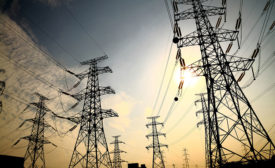Infrastructure:Electric,Gas & Water
How to Meet the Growing Demand for Cybersecurity Professionals
How can U.S. enterprise security professionals learn from their Irish colleagues to fill cybersecurity roles?
May 10, 2019
Sign-up to receive top management & result-driven techniques in the industry.
Join over 20,000+ industry leaders who receive our premium content.
SIGN UP TODAY!Copyright ©2024. All Rights Reserved BNP Media.
Design, CMS, Hosting & Web Development :: ePublishing









